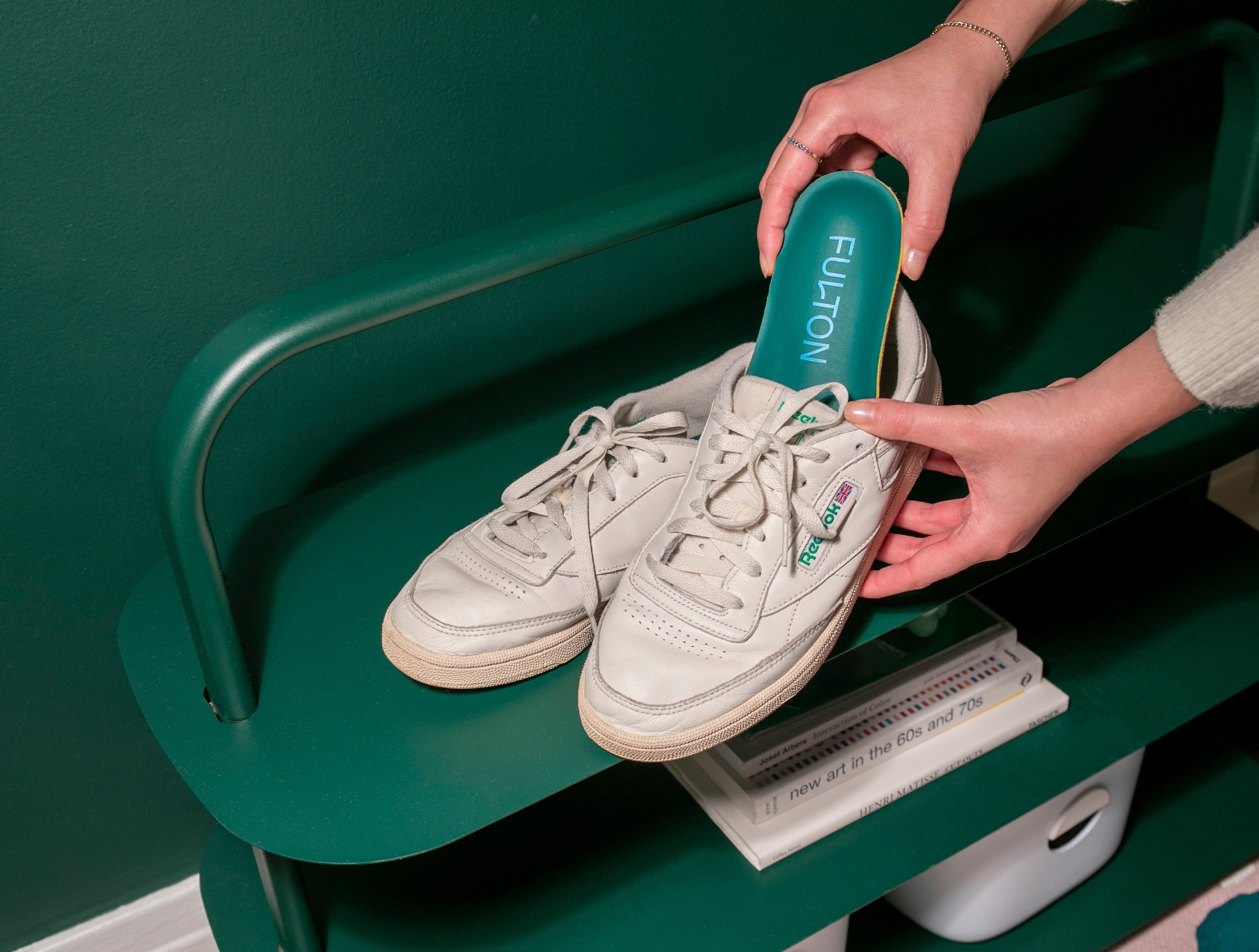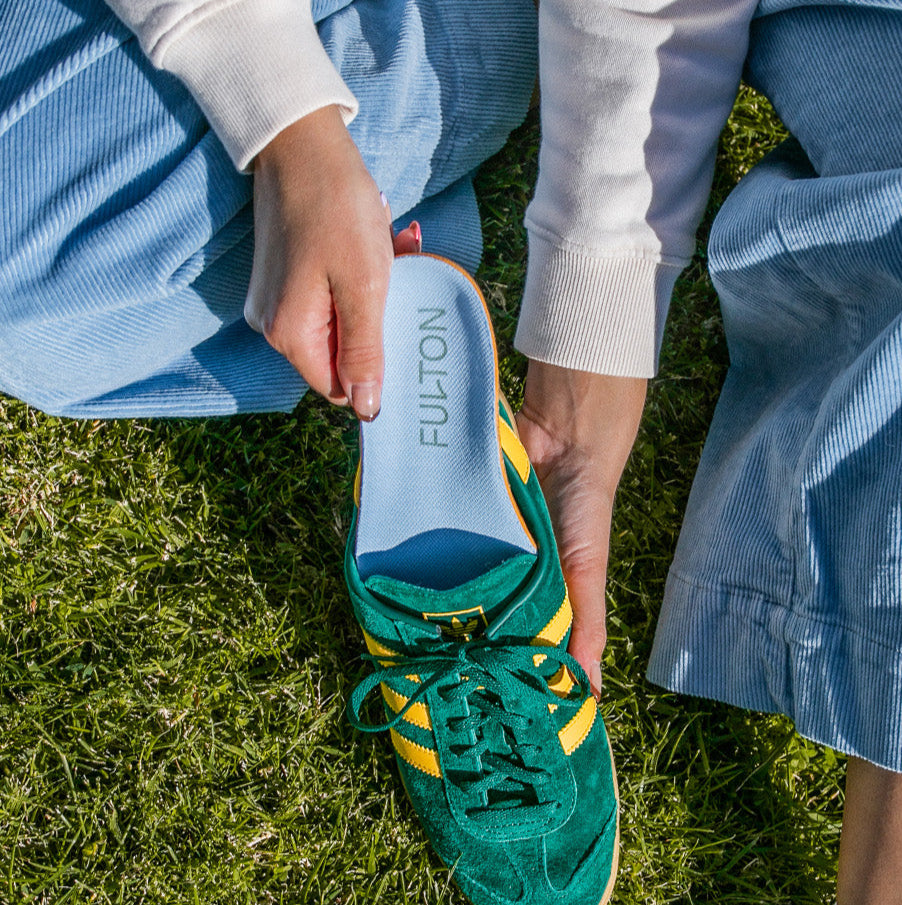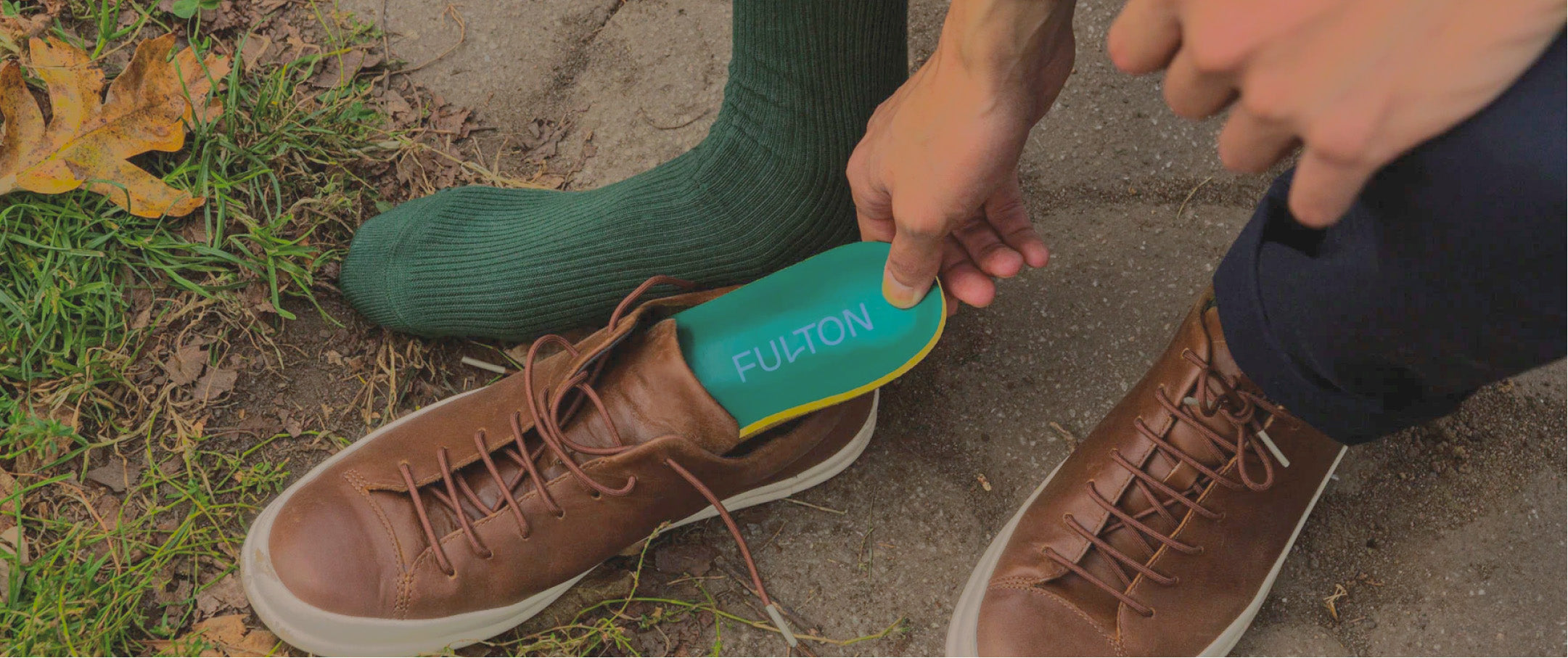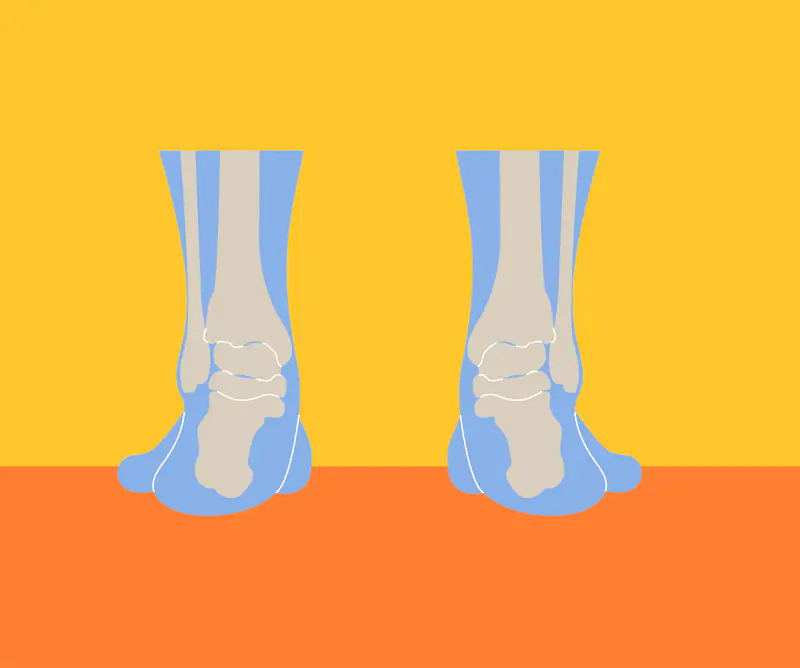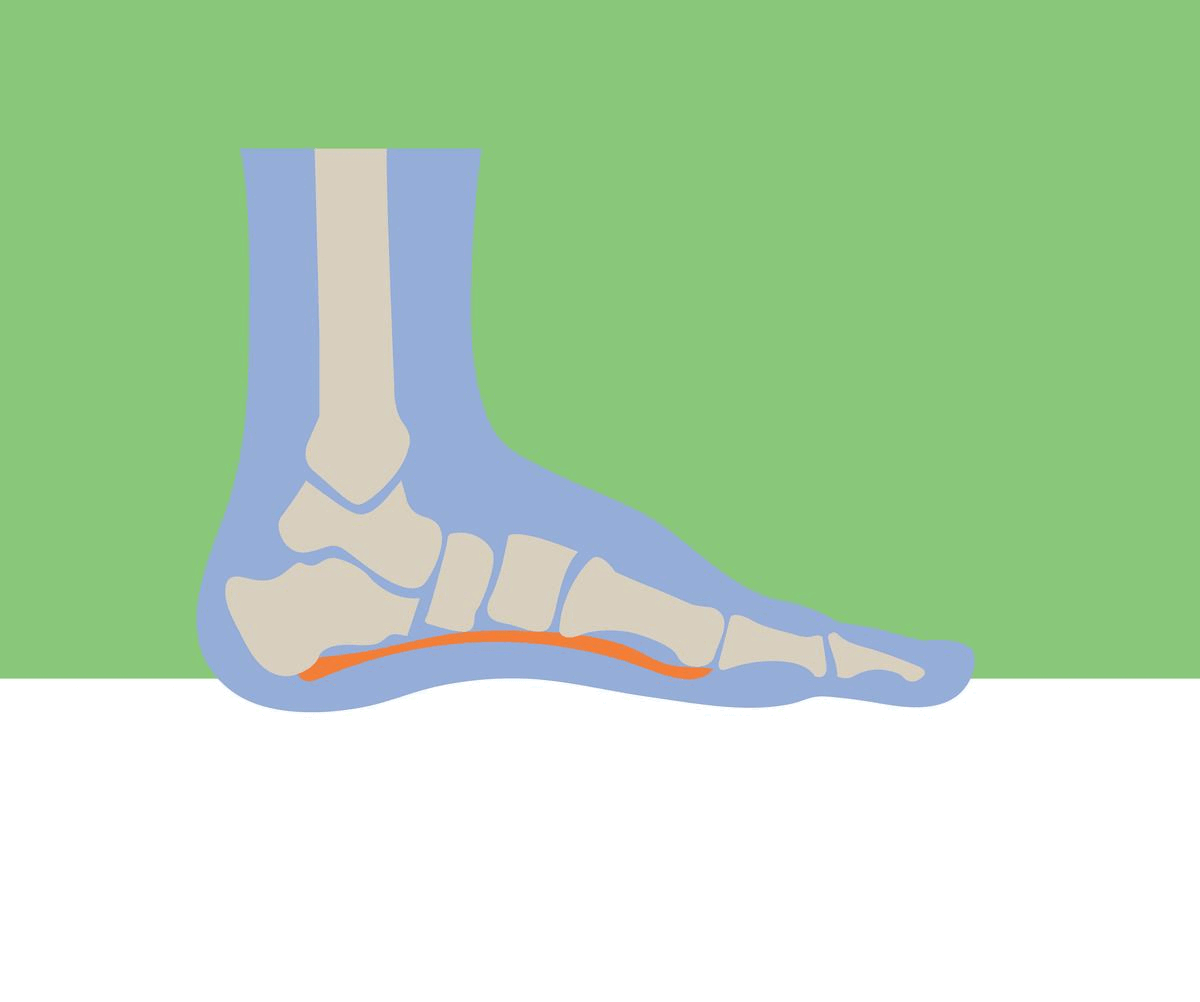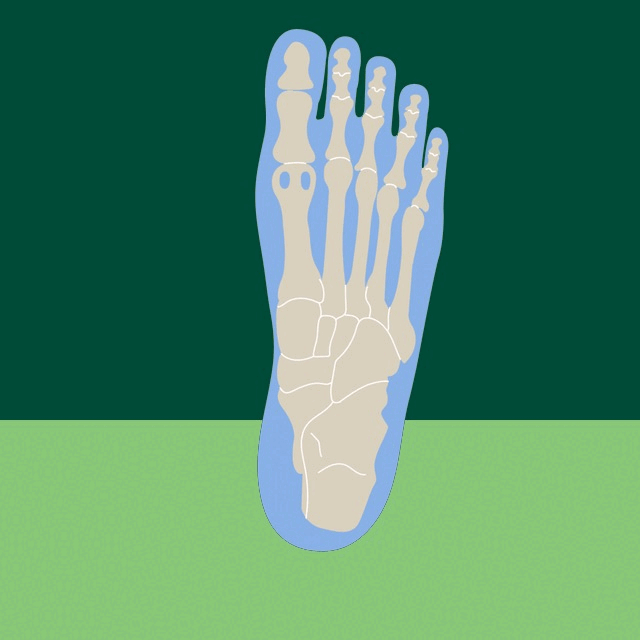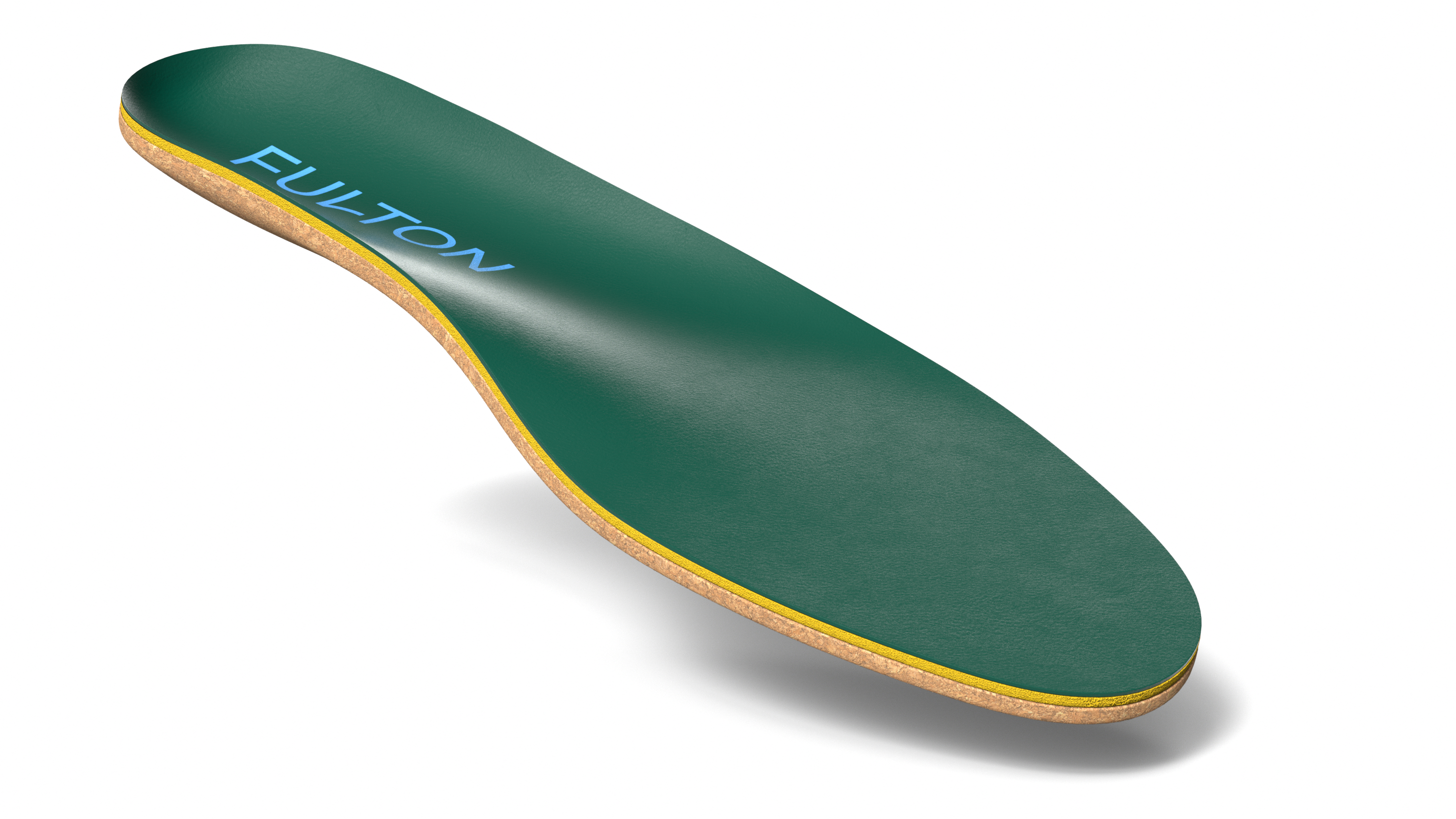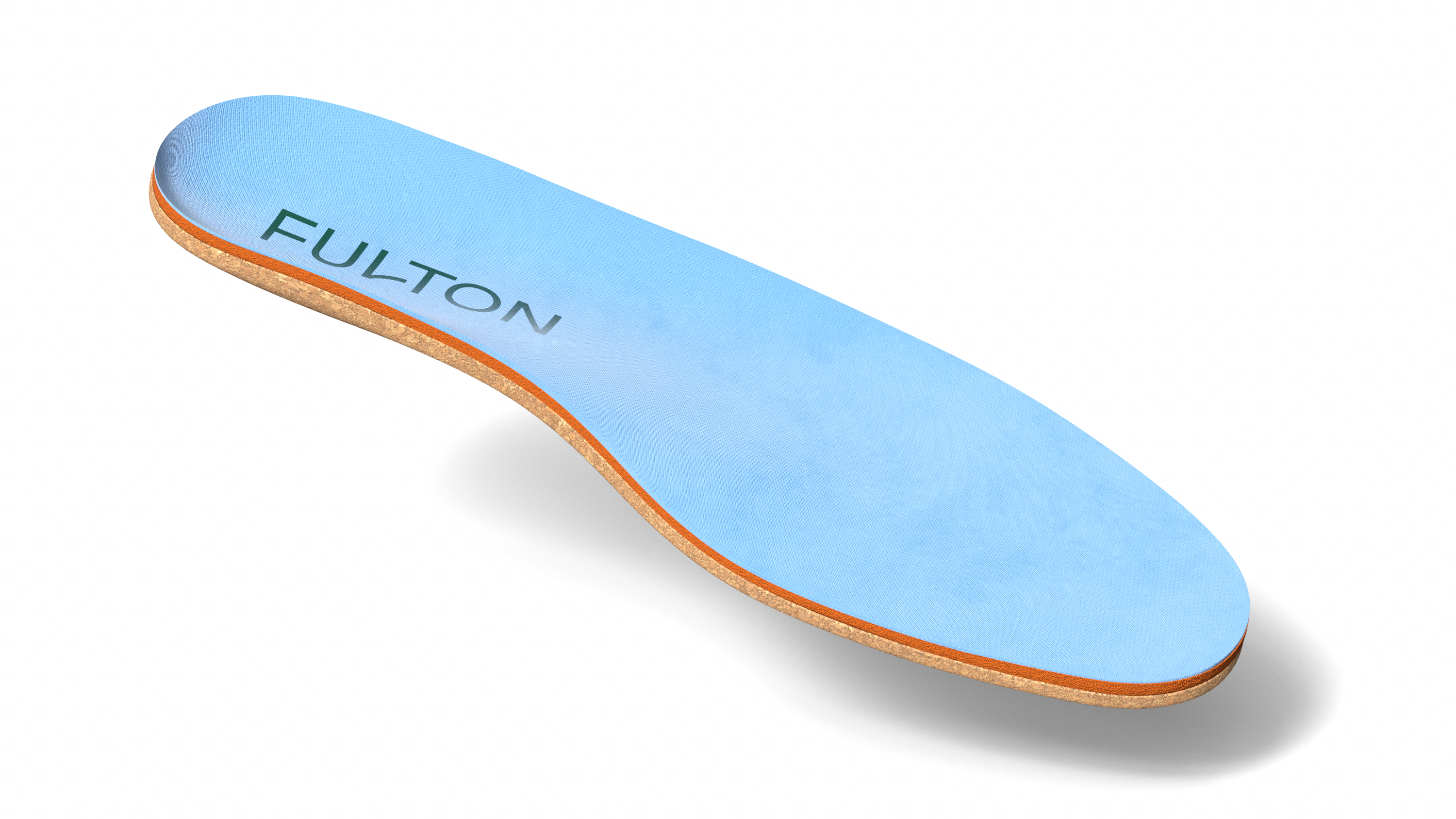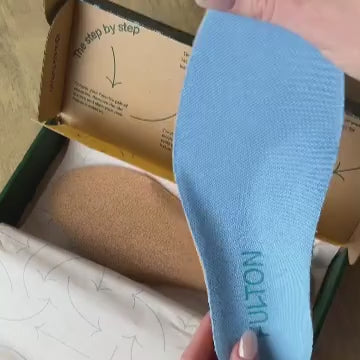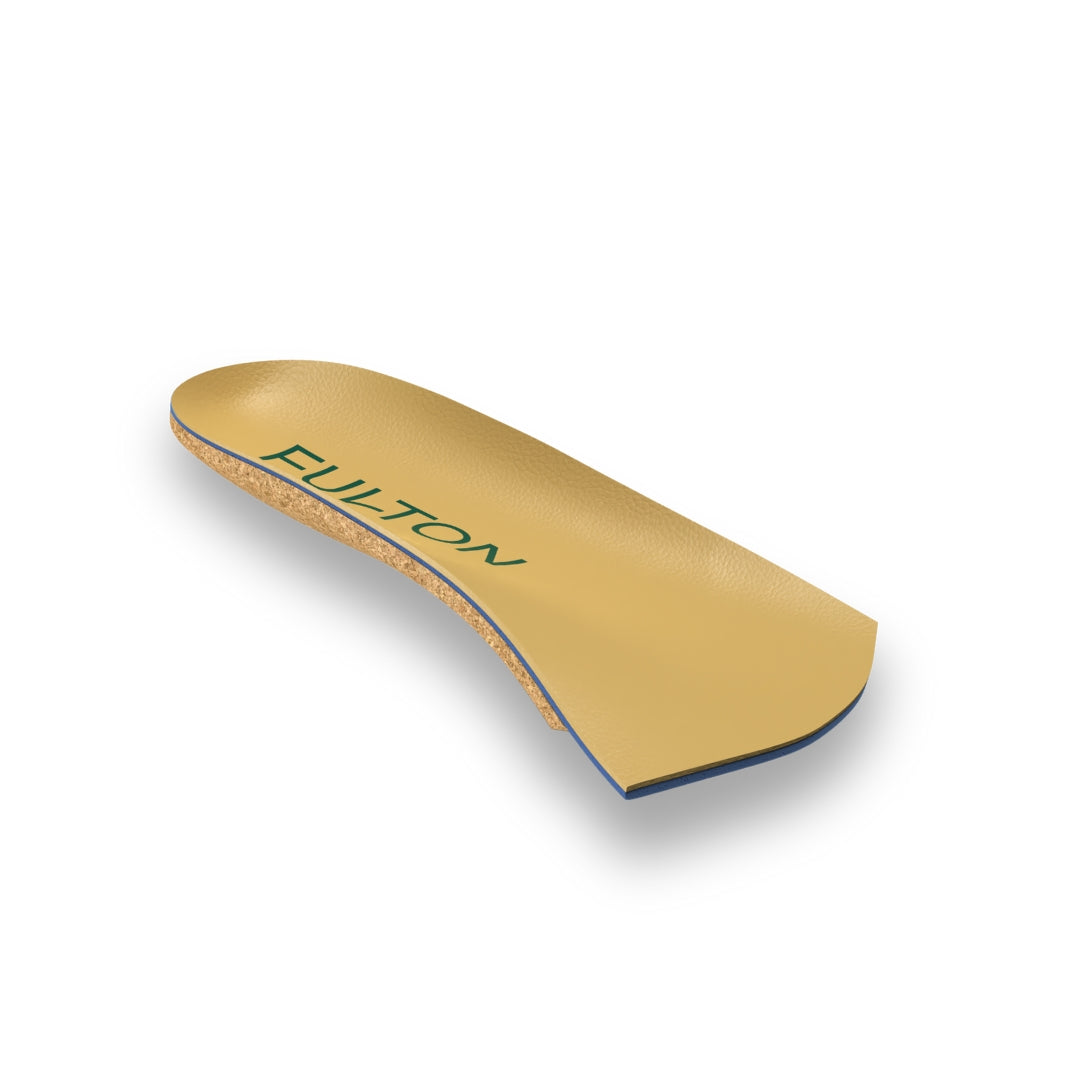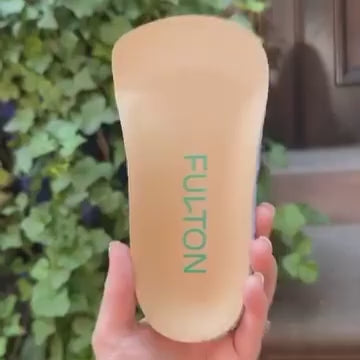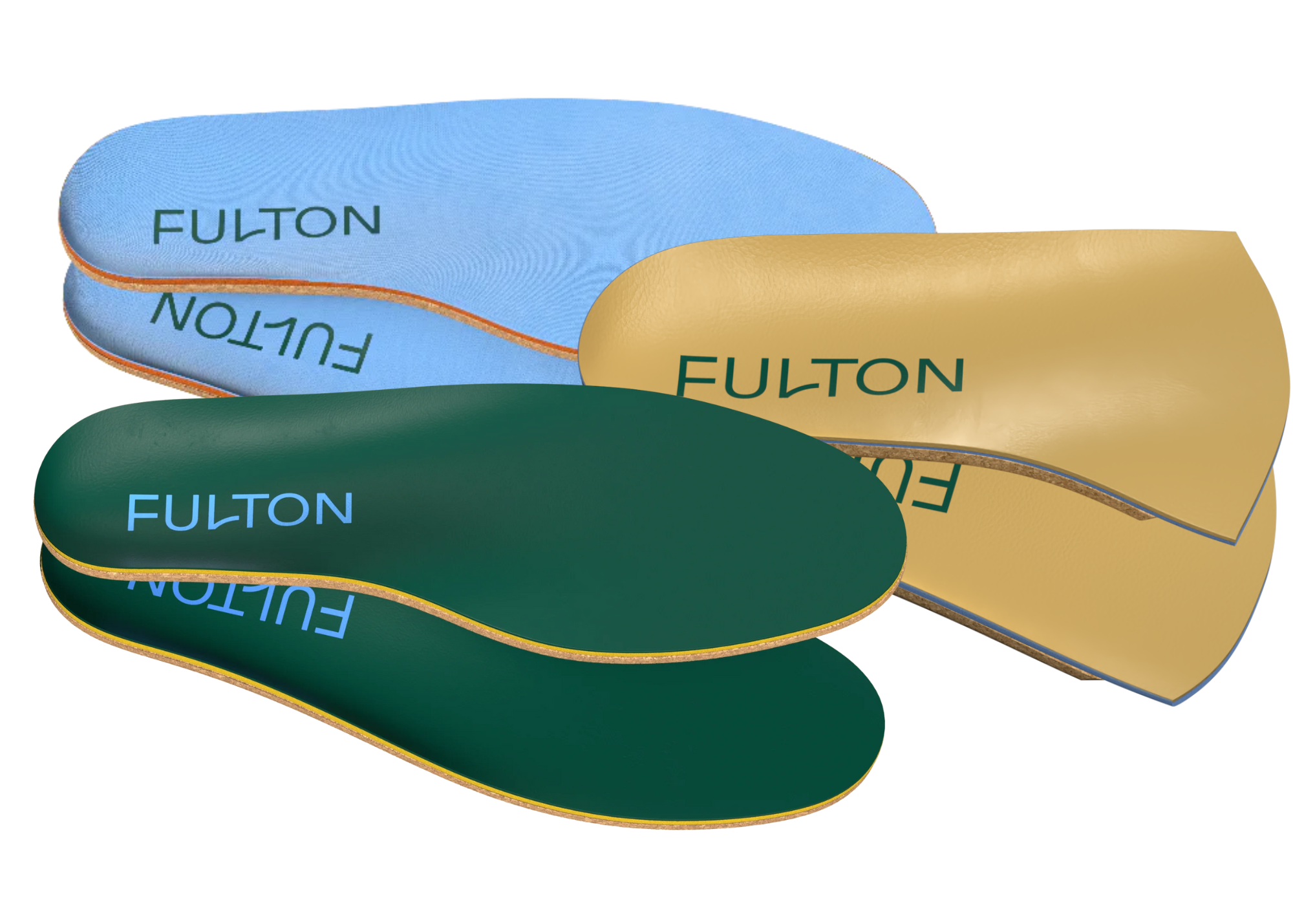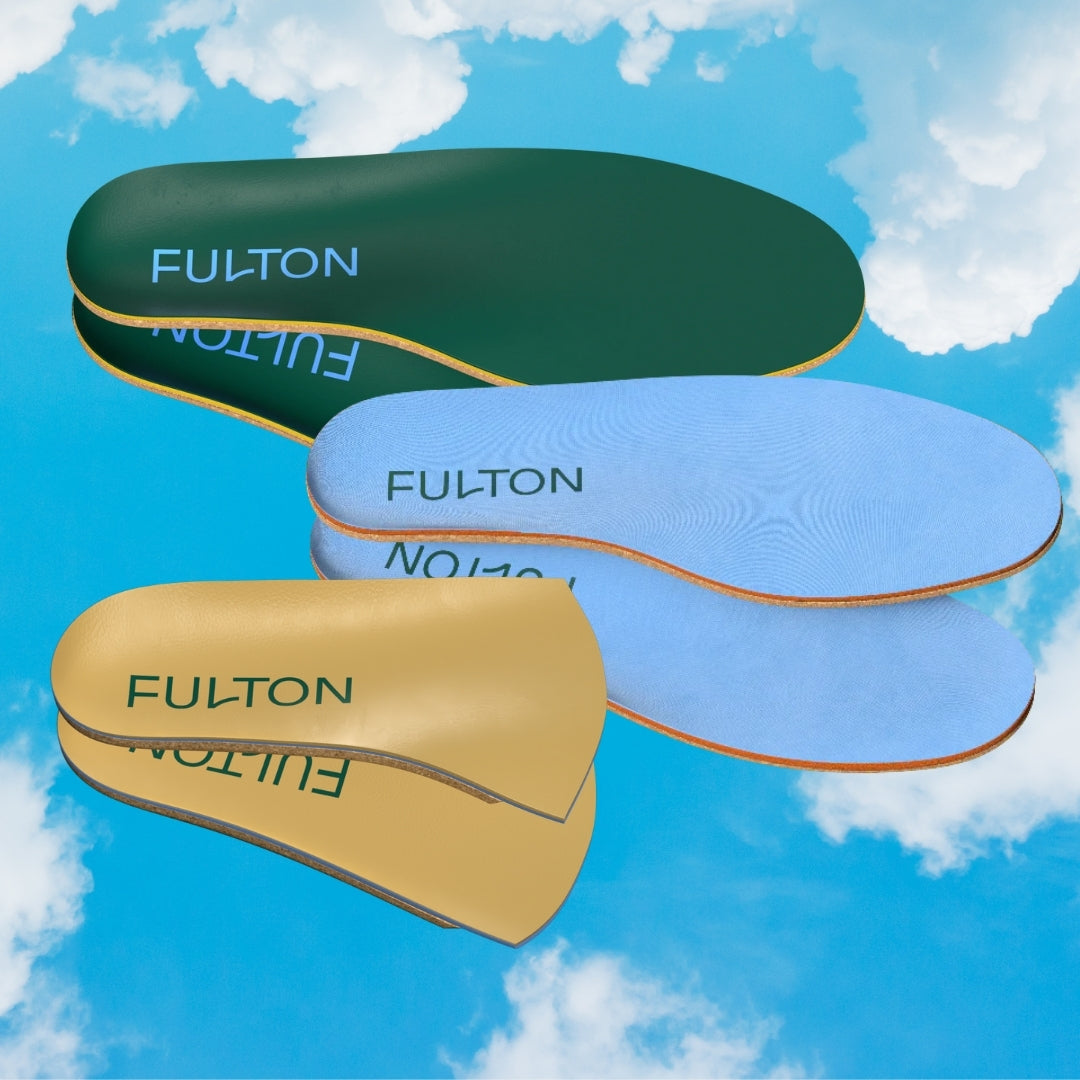The Truth About Memory Foam Insoles
Memory foam insoles have been popular for some time now, and it’s easy to see why they might sound appealing. They’re often marketed as “cloud-like” due to their plush texture, and many manufacturers claim that the cushioning provides superior comfort. However, the human kinetic chain is complicated, and cushioning only solves part of the problem. Your arches require more than just an extra layer of cushioning to keep your alignment healthy, and this is where memory foam starts to falter.
What are memory foam insoles?
Memory foam shoe inserts do help with cushioning pressure, but there are a few important drawbacks to be aware of. They tend to be made from polyurethane, a plastic that creates hazardous pollutants and toxic waste in the manufacturing process. Polyurethane is not biodegradable, so polyurethane products ultimately add more plastic to the environment. Furthermore, it is not very durable, which is why memory foam insoles tend to break down very quickly, requiring frequent replacement.
Memory foam insoles conform entirely to the shape of your foot, and because of that, they don’t provide substantial support and are notorious for low heel stability. Ironically, this is precisely because of the soft, cushiony texture that memory foam is known for. Many users have likened the feeling of walking on memory foam insoles to walking on wet sand - pleasant at first, but quickly exhausting and even painful for the feet. At the end of the day, they’re more akin to a thicker version of your regular stock insoles than to actual supportive insoles.
Some of the limitations of memory foam insoles are:
- Not enough support
- Low heel stability
- Not eco-friendly
- Not durable
How do cork insoles compare?
Cork insoles also conform to your feet, but unlike memory foam insoles, they will not entirely flatten out; instead their rigid structure helps to maintain a base level of arch support at all times. After about 10 hours of wear, cork insoles form a customized level or arch support that is unique not only to your feet, but also to your walking pattern and the shoes you walk in. Cork is also a highly shock absorbing material - it captures impact from walking or standing, rather than letting it go to your body, helping to protect your joints and reduce fatigue.
Cork is also an entirely natural material - it comes from the bark of a tree. In fact, harvesting cork is a carbon negative practice - because it helps to take carbon dioxide out of the air and allows the tree to produce more oxygen. Finally, cork is more durable than foam, making it so that a cork insole can be placed in your shoes without the need for frequent replacement.
The benefits of cork insoles include:
- Shock absorbing
- Supportive and stabilizing
- Custom mold to your unique arch
- Durable
- Antimicrobial
- Sustainable
A bit about Fulton cork insoles
All Fulton insoles start with a cork footbed and add a layer of natural latex foam for additional comfort. The combination of a rigid and customized cork base with natural foam provides the ideal level of support and comfort. Fulton insoles are bouncy enough to provide cushioning, firm enough to provide proper arch support, and durable enough to last you for miles and miles, with extra deep heel cups to ensure stability wherever you go. Bonus feature - cork is naturally antimicrobial, so your insoles will stay fresher for longer.
Don’t just take our word for it - try them out for yourself! The Classic Insole is meant to provide support for day-to-day activity. The Athletic Insole, on the other hand, is specifically designed for higher impact activity. It features the same durable cork bed with a wider shape to fill out athletic shoes and a top layer of cooling, antimicrobial cotton to keep your feet feeling cool even after a good sweat. Whichever version you choose (or both!), the more you wear them, the more customized and comfortable they get.


